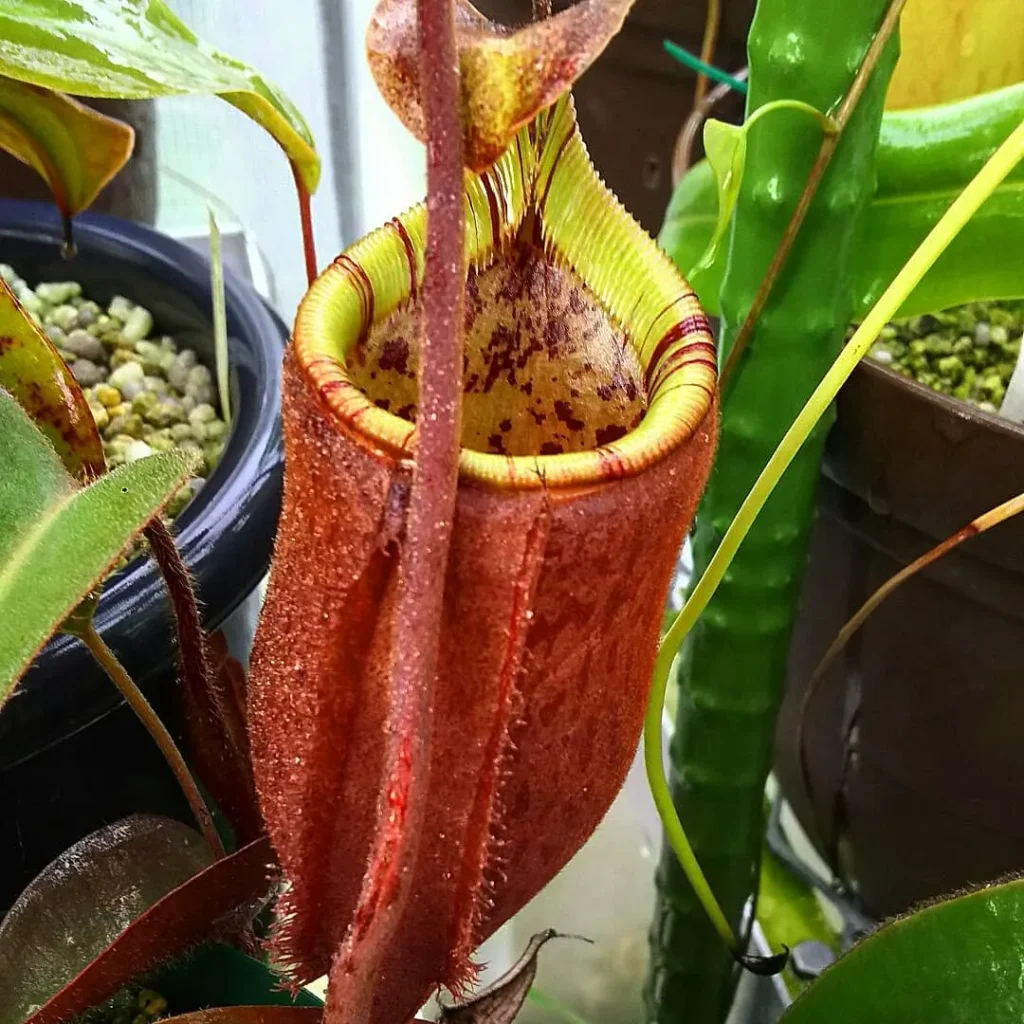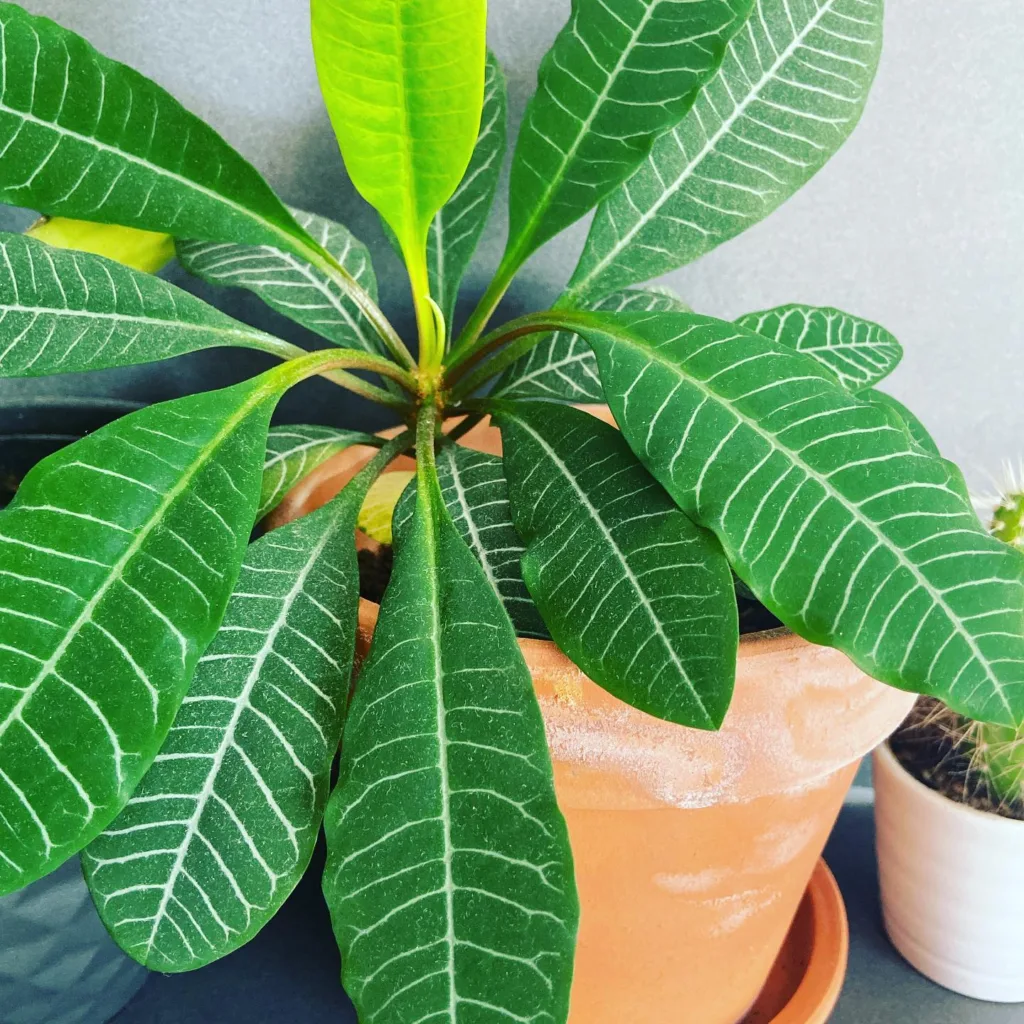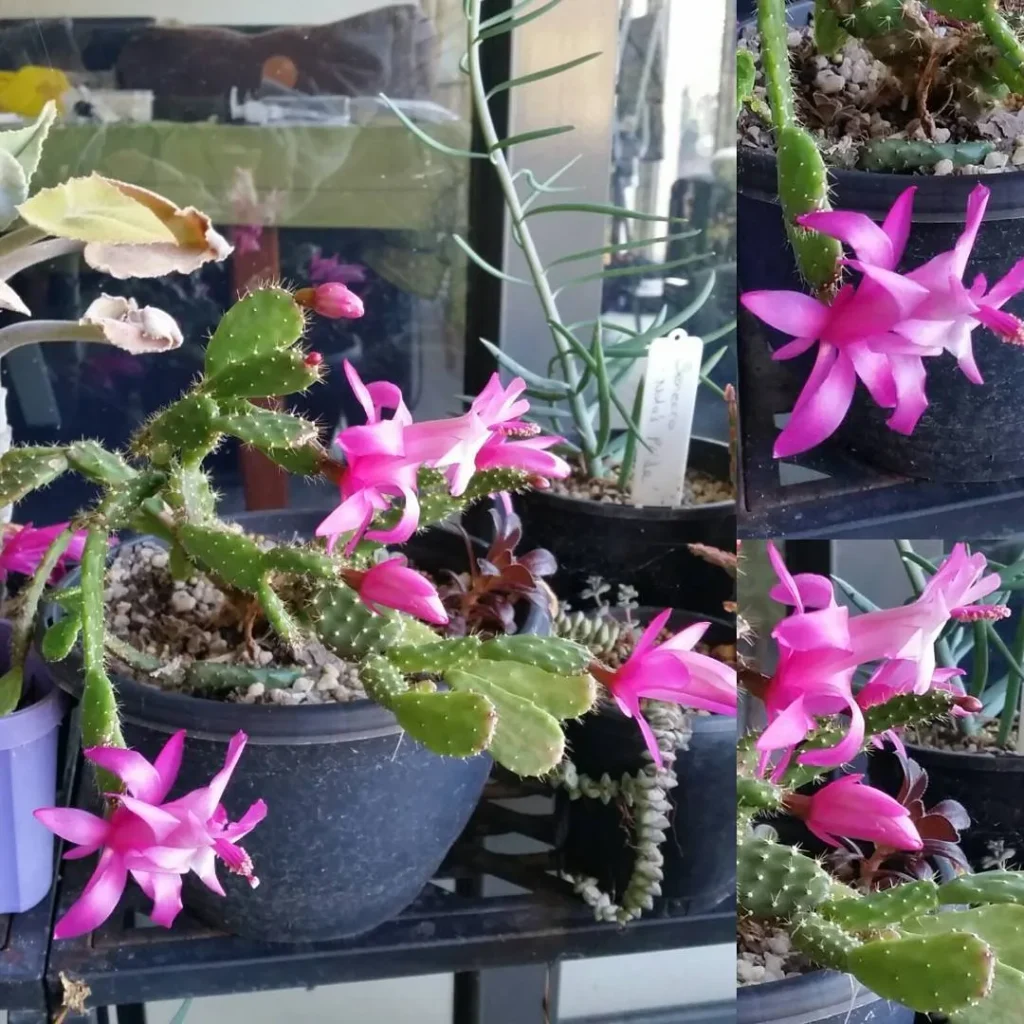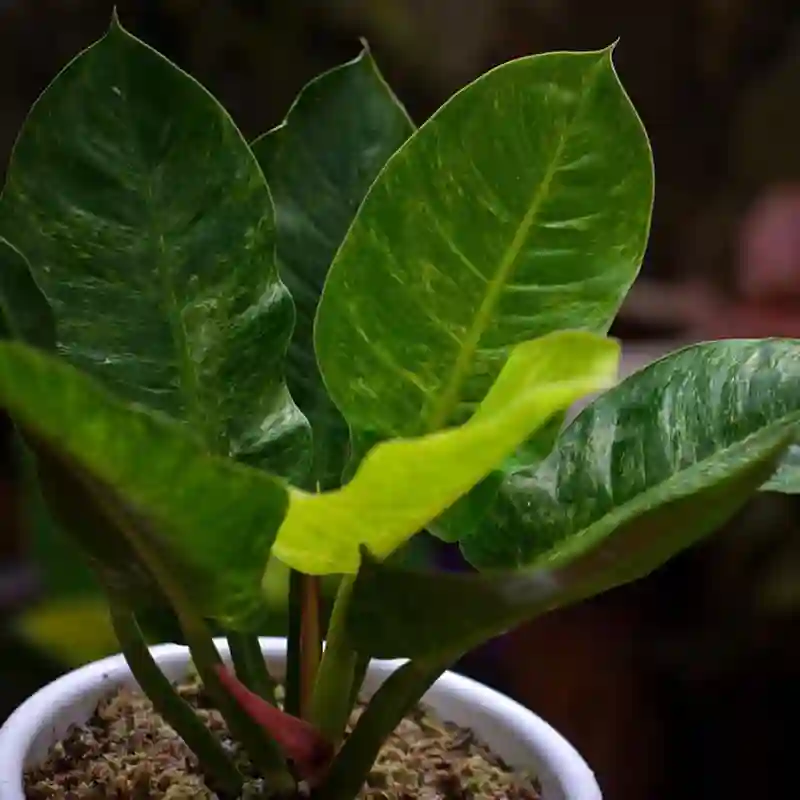Equisetum Sylvaticum: A Guide to the Woodland Horsetail
Hi, Ferb Vu here. I’m a plant enthusiast, and today, we’re delving into the fascinating world of Equisetum sylvaticum, also known as the Woodland Horsetail. This prehistoric-looking plant boasts a unique appearance and intriguing history. Let’s unravel its secrets together!
Plant Family: Equisetaceae – 41 Species in Genus Equisetum – Horsetail
What is Equisetum Sylvaticum?
Equisetum sylvaticum is a spore-producing vascular plant belonging to the Equisetum genus, commonly referred to as horsetails. These plants have been around for millions of years, dating back to the Carboniferous period. The Woodland Horsetail is native to the Northern Hemisphere, particularly in moist forests of North America and Eurasia.
Recognizable Features
Equisetum sylvaticum stands out for its distinctive characteristics. Here’s what to look for:
- Stems: Slender, hollow, and segmented stems with vertical grooves. These stems arise from a network of underground rhizomes.
- Color: The stems range from light green to a rich, reddish-brown, especially at the nodes (joints).
- Branching: Unlike other horsetail species, Woodland Horsetail has a unique branching pattern. Its branches emerge in whorls from the nodes, creating a lacy, feathery appearance.
- Leaves: Equisetum sylvaticum lacks true leaves. Instead, it has tiny, scale-like structures at the nodes.
- Reproduction: It reproduces via spores housed in cone-like structures borne on short, terminal stalks.
Equisetum Sylvaticum vs. Equisetum Arvense (Field Horsetail)
Equisetum arvense, the Field Horsetail, is another commonly encountered horsetail species. Here’s a quick comparison to help you differentiate them:
- Habitat: Woodland Horsetail thrives in moist forests, while Field Horsetail prefers drier, disturbed areas.
- Branching: Equisetum sylvaticum has whorled branches, whereas Field Horsetail has single, unbranched stems.
- Spore Cones: Woodland Horsetail has solitary spore cones, while Field Horsetail has clustered cones.
- Invasiveness: Field Horsetail can be invasive in some settings, while Woodland Horsetail is generally non-invasive.
Is Equisetum Sylvaticum Poisonous?
Yes, Equisetum sylvaticum contains thiaminase, an enzyme that destroys thiamine (vitamin B1). Ingestion by humans or animals can lead to thiamine deficiency. Therefore, caution is advised, especially around pets and livestock.
Can I Grow Equisetum Sylvaticum in My Garden?
Equisetum sylvaticum can be a beautiful addition to a shade garden that mimics its natural habitat. Here’s what you need to know:
- Light: Prefers partial shade to full shade.
- Soil: Requires moist, well-draining soil rich in organic matter.
- Watering: Keep the soil consistently moist, especially during dry periods.
- Propagation: Spreads primarily by underground rhizomes. Dividing established plants is a possible propagation method.
Important Note: Equisetum sylvaticum can be somewhat aggressive due to its rhizomatous nature. Planting it in a container can help control its spread.
Uses of Equisetum Sylvaticum
Traditionally, Equisetum sylvaticum has been used in various ways:
- Folk medicine: Some cultures have used it for medicinal purposes, although its effectiveness is not scientifically proven and can be dangerous due to the thiaminase content.
- Polishing: The stems can be used for polishing due to their abrasive silica content.
- Ornamental: Due to its unique appearance, Equisetum sylvaticum can be an interesting addition to shade gardens.
Disclaimer: Always consult a healthcare professional before using any plant for medicinal purposes.
Conclusion
Equisetum sylvaticum, the Woodland Horsetail, is a fascinating plant with a long history. By understanding its characteristics, habitat preferences, and potential hazards, you can appreciate its beauty in the wild or even cultivate it in your own garden with proper care. Remember, responsible gardening practices are essential to prevent unintended spread.
I hope this guide has shed light on the intriguing world of Equisetum sylvaticum. If you have further questions, feel free to leave a comment below!
If i die, water my plants!



